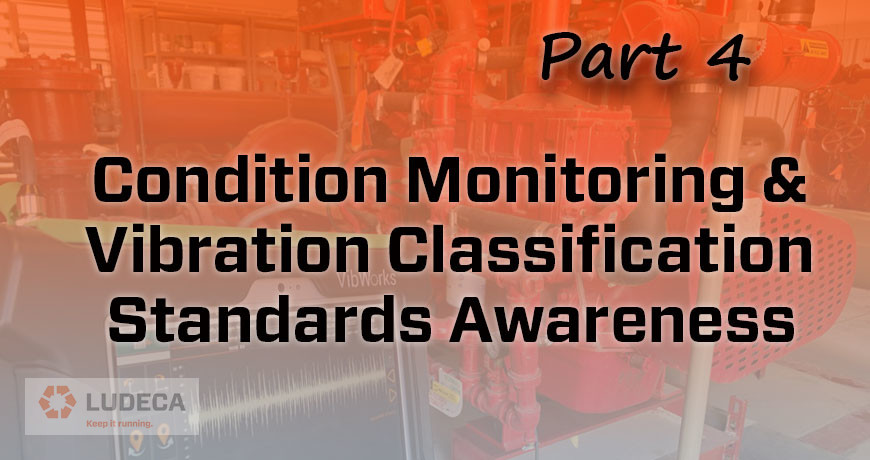
Disclaimer: The author is not trying to present himself as an authority on all available CM standards. This blog post is simply an attempt to help those who may be unaware that such guidance exists or of the extent of such standards.
We previously discussed a series of international standards pertaining to condition monitoring of industrial equipment with vibration analysis in, Condition Monitoring & Vibration Classification Standards Awareness: Part 3 ISO 10816-3. Next in the series of international standards developed for the purpose of having a groundwork to establish the general condition of industrial equipment via the overall vibration and in some instances including a measure of rotational frequency vibration or frequencies specific to the equipment type (i.e., vane passing frequency vibration) which is ISO 20816-4.
This standard is titled:
ISO 20816-4:2018
Mechanical vibration — Measurement and evaluation of machine vibration
Part 4: Gas turbines in excess of 3 MW, with fluid-film bearings
The scope of this standard is quoted below from the ISO.org preview page (quotation in bold):
This document is applicable to land-based gas turbines with fluid-film bearings and power outputs greater than 3 MW and an operating speed under load between 3 000 r/min and 30 000 r/min. In some cases (see the list of exclusions below), this includes other rotating machinery coupled either directly or through a gearbox. The evaluation criteria provided in this document are applicable to the vibration of the main input and output bearings of the gearbox but are not applicable to the vibration of the internal gearbox bearings nor to the assessment of the condition of those gears. Specialist techniques required for evaluating the condition of gears are outside the scope of this document.
This document is not applicable to the following:
- gas turbines with power outputs greater than 40 MW at rated speeds of 1 500 r/min, 1 800 r/min, 3 000 r/min or 3 600 r/min (see ISO 20816-2);
- aero-derivative gas turbines (including gas turbines with dynamic properties similar to those of aero-derivatives);
NOTE ISO 3977-3 defines aero-derivatives as aircraft propulsion gas generators adapted to drive mechanical, electrical or marine propulsion equipment. Large differences exist between heavy-duty and aero-derivative gas turbines, for example, in casing flexibility, bearing design, rotor-to-stator mass ratio and mounting structure. Different criteria, therefore, apply for these two turbine types.
- gas turbines with outputs less than or equal to 3 MW (see ISO 7919-3 and ISO 10816-3);
- turbine driven generators (see ISO 20816-2, ISO 7919-3and ISO 10816-3);
- turbine driven pumps (see ISO 10816-7);
- turbine driven rotary compressors (see ISO 7919-3and ISO 10816-3);
- the evaluation of gearbox vibration (see this clause) but does not preclude monitoring of gearbox vibration;
- the evaluation of combustion vibration but does not preclude monitoring of combustion vibration;
- rolling element bearing vibration.
This document establishes provisions for evaluating the severity of the following in-situ broad-band vibrations:
- structural vibration at all main bearing housings or pedestals measured radial (i.e. transverse) to the shaft axis;
- structural vibration at thrust bearing housings measured in the axial direction;
- vibration of rotating shafts radial (i.e. transverse) to the shaft axis at, or close to, the main bearings.
These are in terms of the following:
- vibration under normal steady-state operating conditions;
- vibration during other (non-steady-state) conditions when transient changes are taking place, including run up or run down, initial loading and load changes;
- changes in vibration which can occur during normal steady-state operation.
As you can see from the “Scope” declaration, this standard is quite specific and likely is a “must have” for those who are monitoring gas turbines within the scope of the standard.
To read the ISO’s preview of this standard, click here.
Filed under:
Condition Monitoring by Mike Fitch CRL
